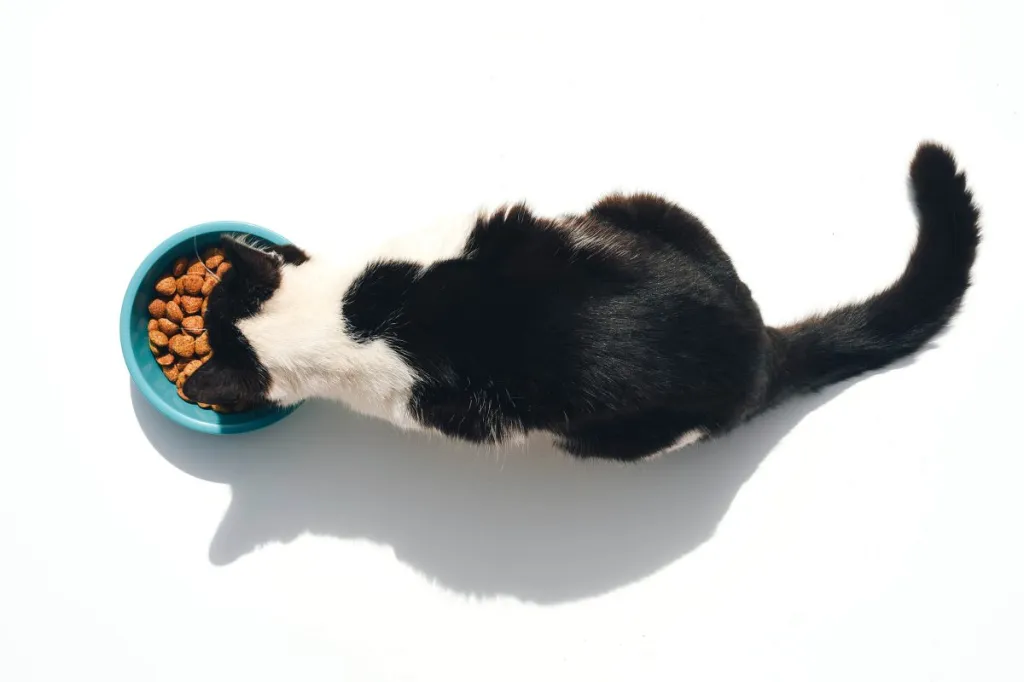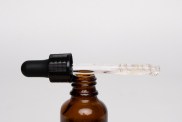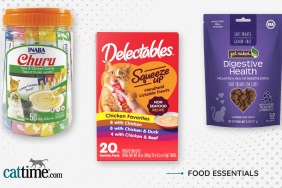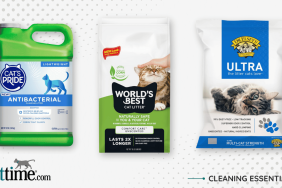Cat food has come a long way, baby. Kibble or canned are no longer your only choices. Now cat parents can find “natural,” “organic” or “human-grade” food. They can feed commercial raw diets that have undergone AAFCO feeding trials and find recipes for homemade foods that are complete and balanced for cats. What’s best for your cat, and what should you look for in cat food?
Obligate carnivores
The first thing to know is that cats are obligate carnivores. That means they must have meat in their diet to survive and thrive. Read the label on the bag or can of food. If at least the first two ingredients aren’t a named meat, like chicken or beef, keep looking.
Natural vs. organic vs. human grade
What about natural, organic, or human-grade foods? Those terms don’t necessarily mean what you think. The U. S. Food and Drug Administration does not have an official definition for “natural.” Typically, all it means is that the food does not contain any artificial flavors, colors, or preservatives.
The FDA also doesn’t have any rules about the use of the word “organic” on pet food labels. That means cat foods that are labeled “organic” may or may not actually contain ingredients that were organically grown or raised.
“Human grade” or “human quality” ingredients? Same deal. Those terms are not defined in either pet food or human food regulations. Technically, only foods that are produced in USDA-inspected plants for human foods qualify as “human grade.” Only a few pet food companies can honestly make that claim.
When in doubt, call the company and ask what it means by those terms. Every pet food label must have contact information for the manufacturer. One who is truly proud of its food and ingredients will be happy to answer your questions.
AAFCO feeding trials
Beyond the ingredient list, check to make sure there are feeding trials backing up a food’s nutritional adequacy. Look for a statement that says something like “This diet is complete and balanced for adult cats based on AAFCO feeding trials.” This means the food was actually fed to cats for at least six months and that the majority of cats that ate it did well on it.
Canned or dry? A little of each is a good compromise. Canned food increases the amount of water your cat takes in and contains lots of the protein he needs in his diet. Dry food is convenient and less expensive, and putting it in a food puzzle is a great way to feed and exercise your cat at the same time.
The best test of a food is how your cat looks and acts. If they’re happy and healthy with a shiny coat, bright eyes, and good breath, then the diet you’re feeding is doing its job.









